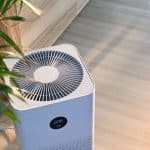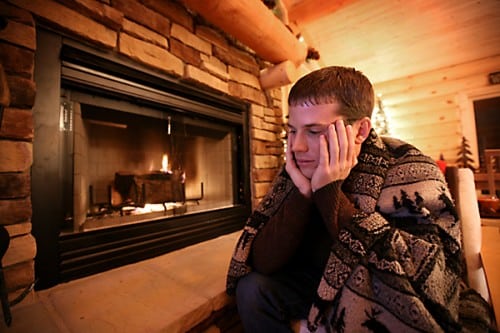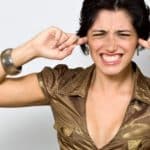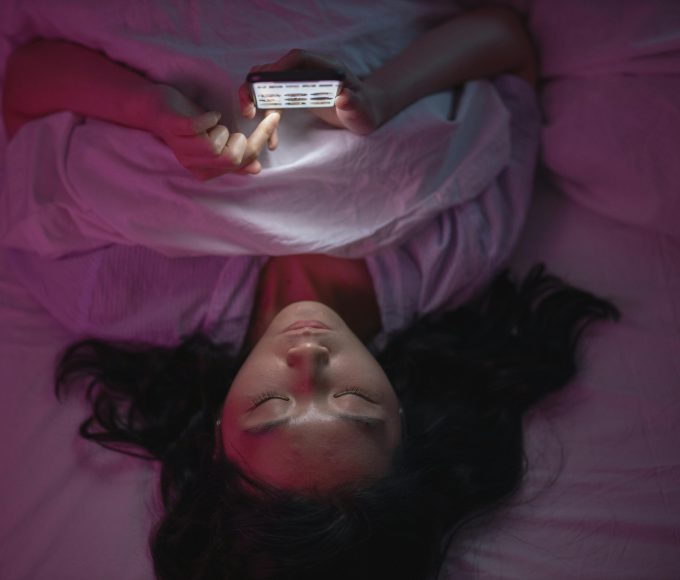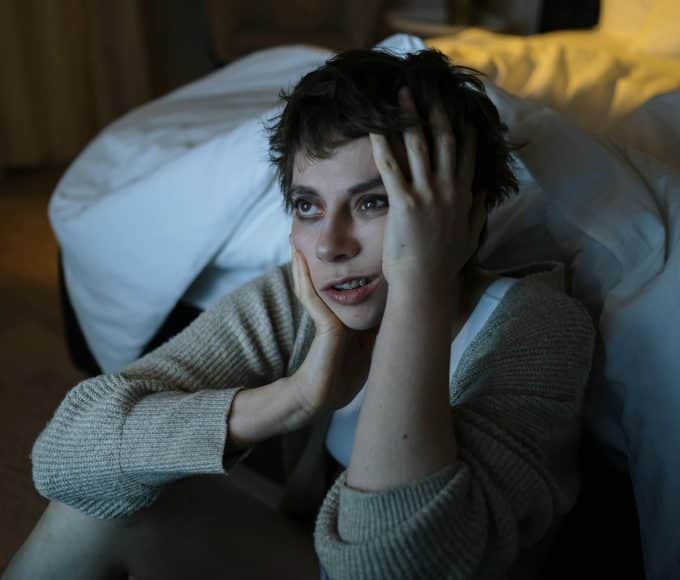Each year, when the cold weather hits, we winterize our homes by wrapping pipes, reversing ceiling fan circulation, and checking window insulation. We also take strides to protect our bodies from the elements. Sweaters and coats get moved from the back of the closet to the forefront. Scarves and mittens get pulled out of storage. But we can’t forget to protect ourselves from the mental health effects of the wintry season, too.
What is Seasonal Affective Disorder?
Seasonal Affective Disorder, abbreviated as SAD, is a type of depression that sets in only at this time of year and impacts people who otherwise are in a state of good mental health during the rest of the year. Although it might sound fictional or gimmicky to some, it is an officially recognized disorder in the Diagnostic and Statistical Manual of Mental Disorders (DSM-IV) of the American Psychiatric Association (APA). SAD is believed to be brought on by the reduced sunlight levels this time of year.
Symptoms are similar to those for general depression: excessive sleeping and fatigue, increased appetite (especially for carbohydrates), social withdrawal, irritability, and overall malaise. Women are particularly susceptible to SAD, as are those who are not able to get outside often, such as the elderly and infirmed.
Overcoming Seasonal Affective Disorder
The simplest treatment for SAD is to go outdoors for natural sunlight exposure when possible, such as an afternoon stroll. Open your curtains when you’re indoors to let the sunlight into your home, and sit by a window while you read or eat a meal. Treatment for SAD can also involve antidepressant medication and psychotherapy, melatonin supplements, and ionized air therapy.
Even simulated light can help stave off SAD. While not as bright as sunlight, balanced spectrum lighting (BSL) offers significantly more brightness than typical indoor lighting — as much as 20 times higher. As part of so-called “light therapy,” BSL can help regulate mood, particularly when spending time outdoors is simply not an option due to weather conditions. You should consult a doctor before beginning light therapy, however, to ensure that you are getting the full benefits and aren’t doing further harm.
If you believe you are suffering from SAD, please see a healthcare provider. You don’t have to suffer through a season that is traditionally filled with so much joy. It is also important for your physician to rule out any other ailments that might be causing your symptoms.
Rachelle Matherne is a blogger for firstSTREET Online, a leading provider of magnifiers to help you read and balanced spectrum lamps to brighten up your home to fully enjoy the holiday season!

